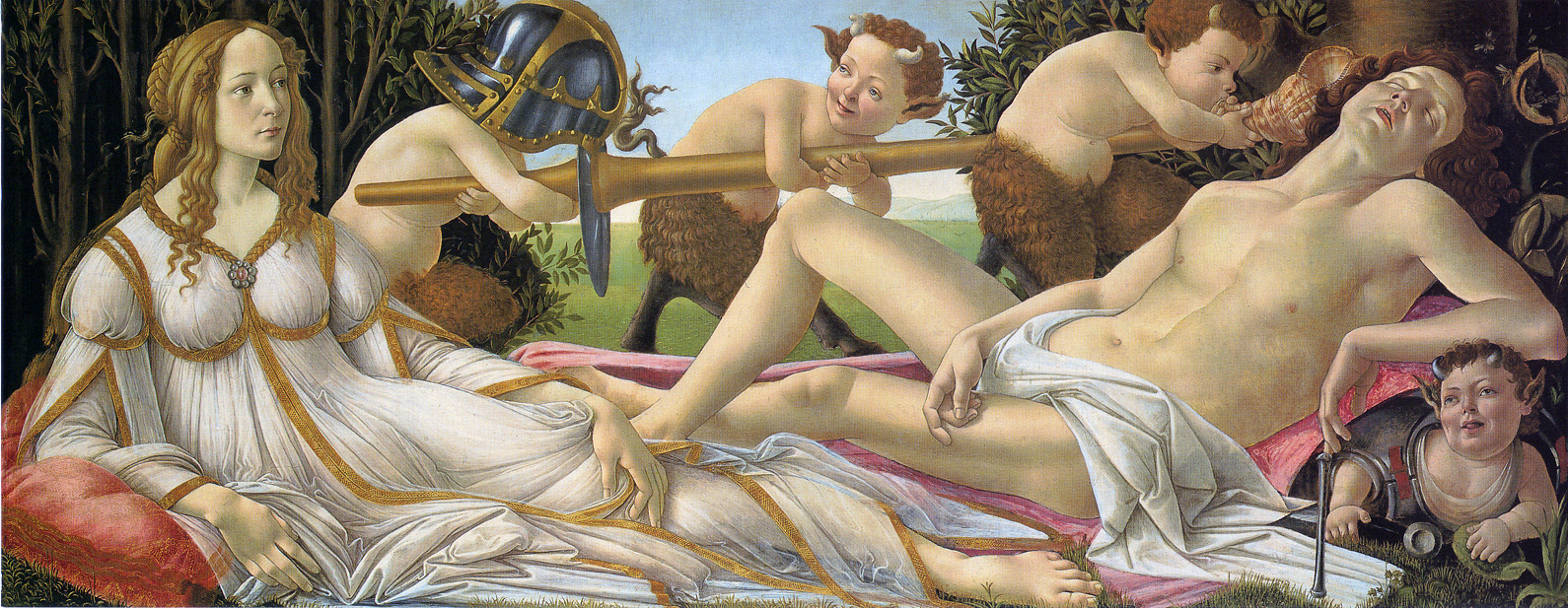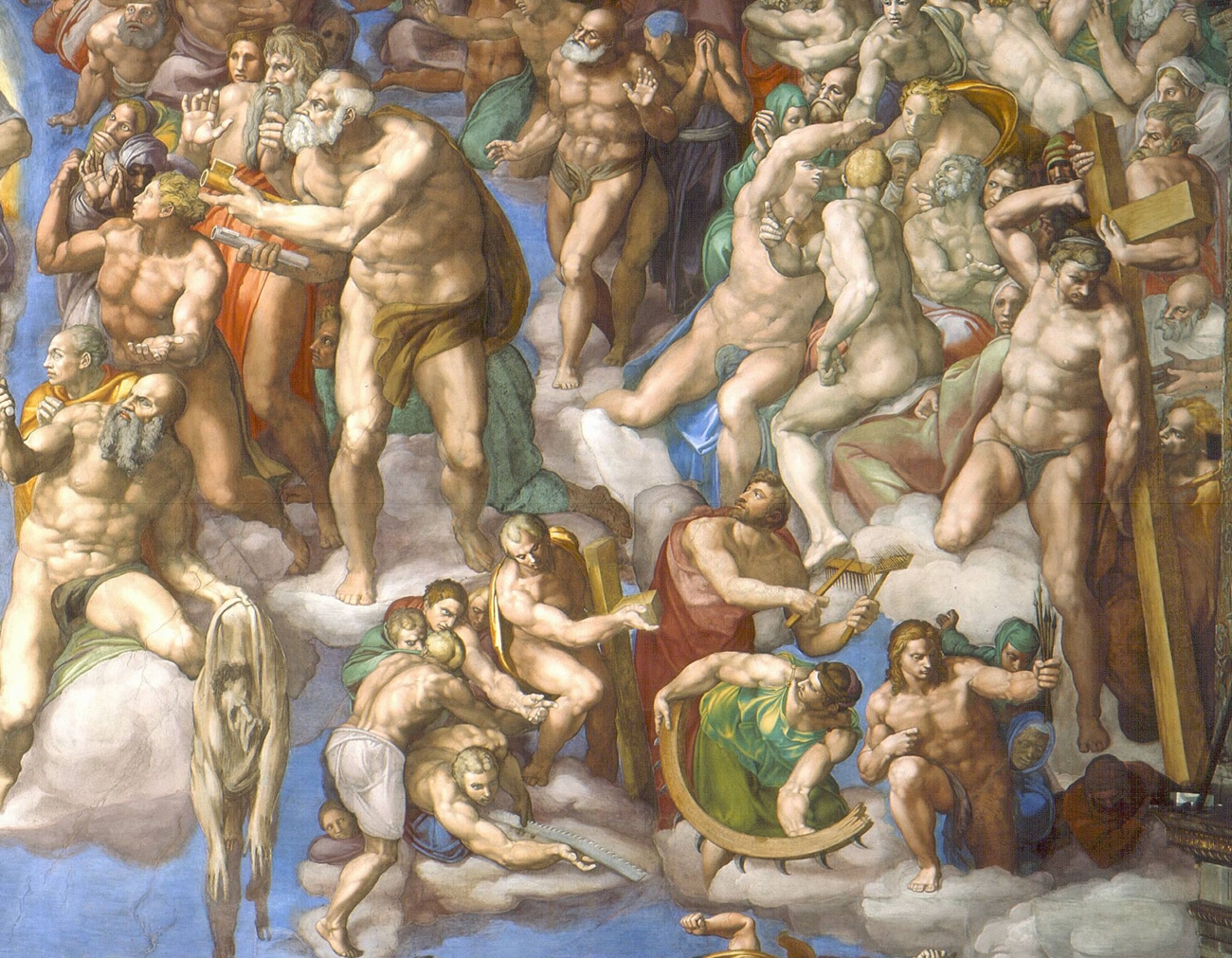Antonio Sicurezza was an Italian painter🎨 representative for the contemporary figurative art of the Lazio region, Italy.
He studied at the Academy of Fine Arts in Naples, winning a scholarship as a worthy competitor among the four faculties. He obtained the diploma in painting under the guidance of the masters Carlo Siviero, Vincenzo Volpe, Vincenzo Migliaro and Paolo Vetri.
The first contact with the territory of Formia was in 1933–1934, when he was called to paint the chapel of St. Anthony in the church of Maranola. Here he met Virginia Mastrogiovanni whom he married in 1934.





.jpg)
.jpg)







.jpg)
.jpg)



